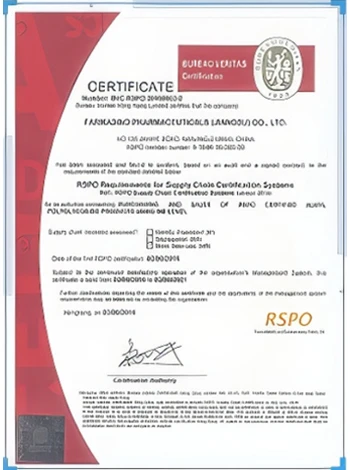



chlorine dioxide tablets water purification
Chlorine Dioxide Tablets for Water Purification
Water is essential for life, yet access to clean drinking water remains a challenge in many parts of the world. Contaminated water can lead to serious health issues, including gastrointestinal diseases and other infections. To combat this problem, various methods have been developed for water purification, one of which includes the use of chlorine dioxide tablets.
Chlorine dioxide (ClO2) is a powerful disinfectant that has gained popularity for its efficacy in water treatment. Unlike traditional chlorine treatments, chlorine dioxide is less affected by pH levels and has a broader spectrum of antimicrobial activity. It effectively kills bacteria, viruses, and protozoa, making it a versatile choice for water purification.
Chlorine dioxide tablets are a convenient and effective means of treating water. These tablets are designed to dissolve in water, releasing chlorine dioxide in a controlled manner. They can be easily transported and stored, making them ideal for emergency situations, outdoor activities, or areas lacking reliable water treatment facilities.
chlorine dioxide tablets water purification

To use chlorine dioxide tablets for water purification, first, measure the volume of water that needs treatment. Follow the manufacturer's instructions regarding the number of tablets required, as this can vary based on the concentration of contaminants and the volume of water. Generally, one tablet will treat a specific amount of water (e.g., 1, 2, or 5 gallons). After adding the tablets to the water, allow it to sit undisturbed for a designated contact time, usually between 30 minutes to 4 hours, depending on the level of contamination and the specific guidelines of the product being used.
The effectiveness of chlorine dioxide as a disinfectant lies in its ability to penetrate biofilms and kill pathogens that may be resistant to other forms of disinfection. Furthermore, chlorine dioxide breaks down into harmless substances, leaving no unpleasant taste or odor in the water, a common drawback of traditional chlorine treatments.
Despite its advantages, it is essential to use chlorine dioxide tablets responsibly. Always adhere to the instructions for use and dosage provided by the manufacturer. Additionally, while chlorine dioxide is effective against many microorganisms, it may not remove chemical contaminants; thus, its use should be part of a comprehensive water purification strategy.
In conclusion, chlorine dioxide tablets offer a practical solution for water purification, especially in circumstances where access to clean drinking water is limited. Their efficient disinfection properties, convenience, and relative safety make them an excellent option for individuals and communities striving to ensure safe drinking water.
-
Why Sodium Persulfate Is Everywhere NowNewsJul.07,2025
-
Why Polyacrylamide Is in High DemandNewsJul.07,2025
-
Understanding Paint Chemicals and Their ApplicationsNewsJul.07,2025
-
Smart Use Of Mining ChemicalsNewsJul.07,2025
-
Practical Uses of Potassium MonopersulfateNewsJul.07,2025
-
Agrochemicals In Real FarmingNewsJul.07,2025
-
Sodium Chlorite Hot UsesNewsJul.01,2025










